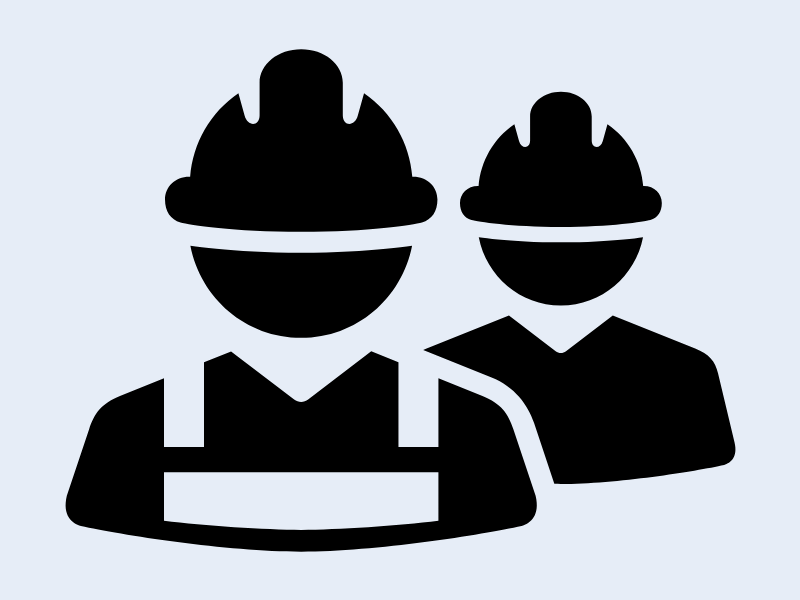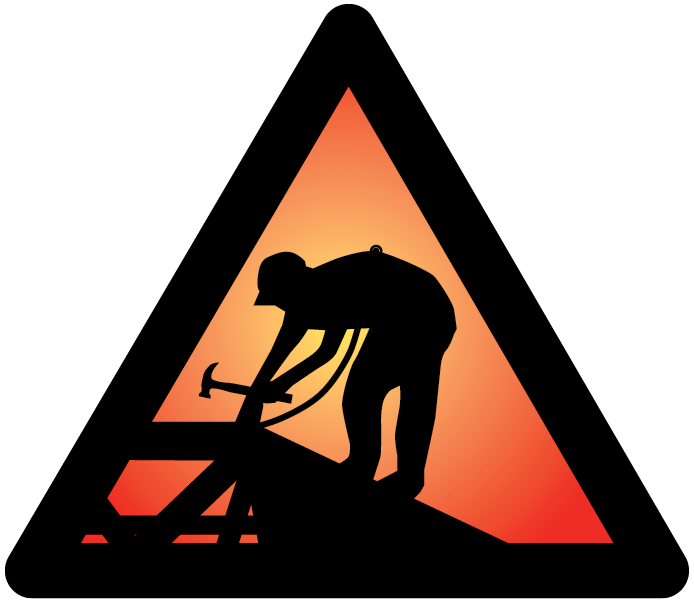The Stand-Down may be one week a year, but saving lives is a year-round priority! The following page provides information about how to keep a focus on falls all year. This information is also available as a downloadable and printable PDF (English, Español).
Why should you keep a focus on falls?
- Crews come and go and jobsites change – you may have new workers who missed the Stand-Down and new projects or phases of work with different hazards or considerations that require updated fall prevention plans.
- Not all workers come to the job with the same level of experience and training. Conducting regular task-specific safety training can save lives.
- Scheduling activities quarterly or even monthly can re-energize everyone and bring the focus back to falls.
- Fostering a positive jobsite safety culture (English) and climate leads to a safer workplace and fewer job-related injuries. Implementing an ongoing fall prevention program is one way to show management commitment, improve supervisory leadership, involve workers in safety, and conduct training to build and reinforce a good safety climate.
CPWR, OSHA and NIOSH have a variety of resources that you can use when deciding what activities will work for your jobsite’s ongoing fall prevention program. Be creative and select activities that fit your company’s culture and the kind of construction work you do. The following list of ideas may help you get started:
Do Another “Stand-Down” Event

If you have already done a fall-related stand-down, do another and change your focus.
If your first event focused on falls from ladders, focus the next one on falls from roofs, scaffolds, aerial lifts, moving equipment, or slips and trips. If you conducted a training the first time, switch it up and do a fall protection demonstration or equipment inspection. Incorporate a discussion on head protection and preventing head injuries (English) when working at heights. Consider conducting quarterly or monthly stand-downs. If you didn’t participate in the National Safety Stand-Down, learn more here.
Focus on Rescue
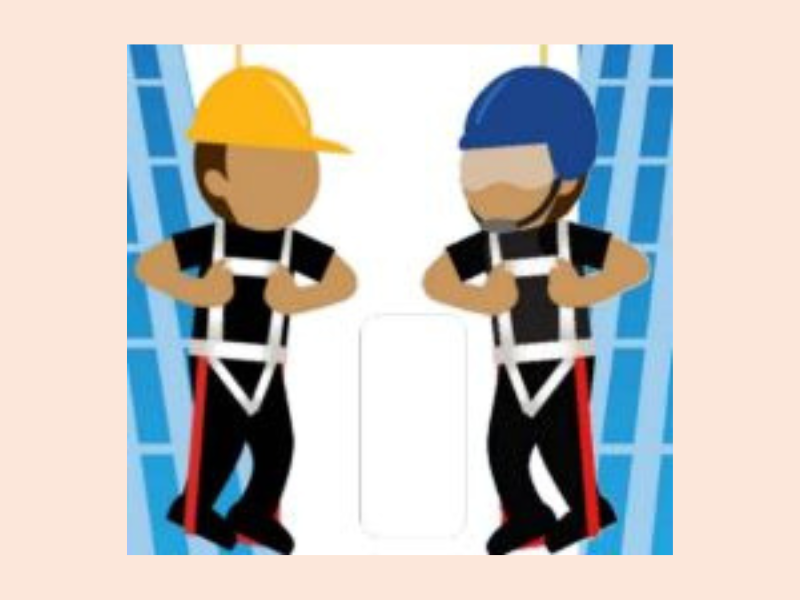
Is there a plan for rescue if someone does fall? Make sure everyone knows what it is and how to implement it. Don’t depend solely on 911/Emergency Services: they may not be able to make it in time or have the training to conduct the type of rescue required. Train workers on how to self-rescue safely if possible based on the job, location of work, and equipment being used.
A CPWR survey (English) found that self-rescue was the most common rescue method used, and the odds of a fall being fatal were 76% lower for those who had self-rescue training compared to those who did not have this training. Use CPWR’s Rescue Tipsheet (English, Español) to inform your planning.
Create or Revise Your Written Fall Protection Plan

Put together a taskforce (manager, safety person, lead worker), and ask them to develop a fall protection plan for a specific construction project.
You can use this generic template (English, Español) to create a fall protection and rescue plan. For small employers or those just beginning to plan for falls, use this starter fall prevention plan (English, Español).
Pause Work to Model How to Inspect Equipment
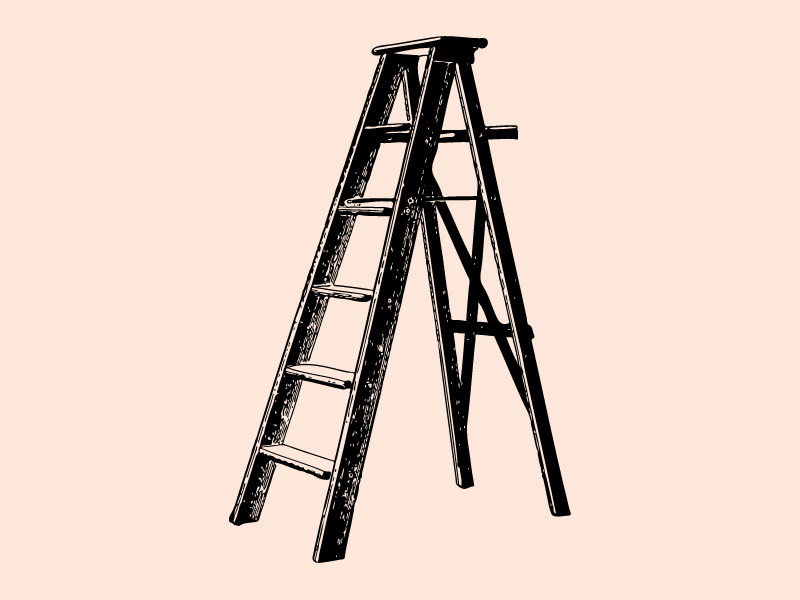
Workers should inspect their equipment before use every day. Speak to supervisors about the need to always provide adequate time for daily inspections. Model how to self inspect fall protection and other equipment. You may want to ask a fall protection equipment manufacturer, vendor, or safety professional to help – many are very enthusiastic about opportunities such as this.
Partner with Community Events
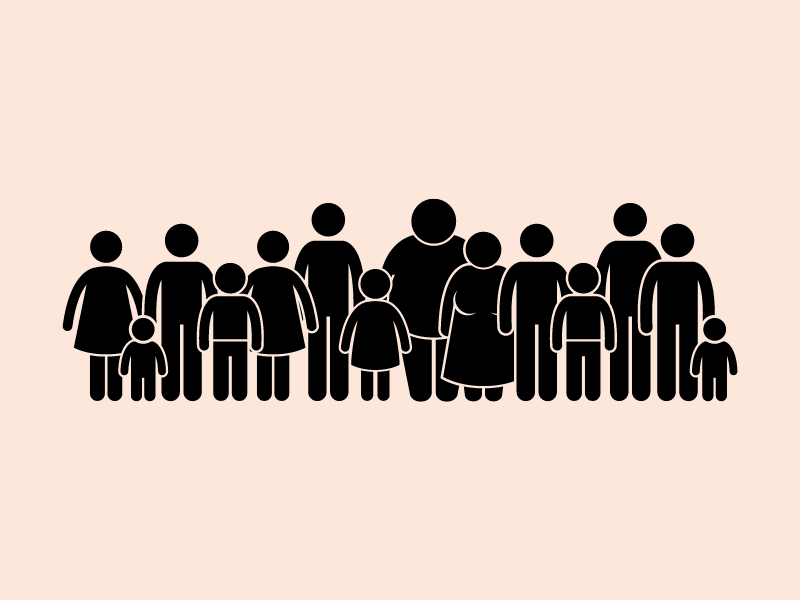
Raise the community and workers’ family members’ awareness about the importance of fall protection by incorporating fall safety awareness into existing sporting events, church or other faith-based organization events, neighborhood health fairs, or other local events.
Share a Testimonial

Share a testimonial from a worker injured or disabled due to a fall, or a family member who lost a loved one, with workers and supervisors. You could invite a previously injured worker or family member to speak in-person or use video clips or written testimonials. To help with this, www.StopConstructionFalls.com has videos and webinars available as well as State Fatality Assessment and Control Evaluation reports on fatal falls and the new Construction Fatality Map Dashboard.
Publish Fall Safety Articles

Publish fall safety articles in company newsletters or share stories via group emails and social media. Highlight a recent construction fall tragedy in the news and urge everyone in the organization to learn from it. Try to use a compelling message like “We all want to make sure we go home to our loved ones at night.”
Provide Fall Prevention Training
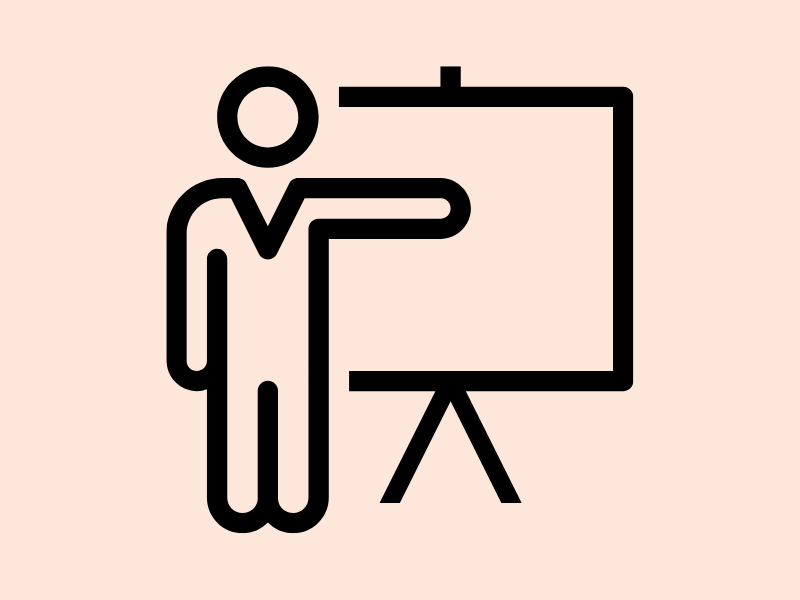
Provide fall-prevention training to supervisors and/or workers. Remind supervisors and lead workers that others will model behavior after them – if they work safely and use fall protection properly, their coworkers are more likely to do so as well. Incorporate fall-related safety meeting guides (toolbox talks) into pre-shift or other existing jobsite meetings. Consider asking workers to help deliver the toolbox talk to improve their engagement in fall safety and provide credible models for other workers. If possible, have a trainer, competent person, or manufacturer conduct more in-depth training. You may also want to consider a full OSHA 10 or 30-hour course for those who have not previously attended.
CPWR’s Foundations for Safety Leadership (FSL) training module is an OSHA 30 elective that improves leadership skills of workers, foremen and other supervisory personnel. The full module is 2.5 hours, but it is broken into 8 sections that can be used alone to improve safety skills, workers’ understanding of when and how to speak up and supervisors’ ability to lead. CPWR recently adapted the FSL to create the tailored Foundations for Safety Leadership for Residential Construction (FSL4Res). The FSL4Res is designed to meet the unique safety issues found in the residential construction sector, particularly fall hazards.
Empower and Encourage Workers to Speak Up

Empower and encourage workers to speak up about fall risks and ask questions if they feel unsafe. Many times, workers stay quiet rather than ask questions even if they do not know the safest way to do something or they have identified an issue that may lead to an unsafe situation. This can be for a variety of reasons – perhaps they do not want to look inexperienced, or they have reason to expect retaliation if they speak up or work more slowly to avoid a hazard. Work to change the jobsite safety culture so your priorities are clear to every employee and supervisor.
Make Sure Your Message Reaches Your Full Crew

Make sure your message reaches your whole crew. Provide training that is culturally and linguistically appropriate for your workforce. Use resources in Spanish to make sure your training reaches Spanish-speaking workers. Hispanic construction workers face higher risk of fatal falls than non-Hispanic construction workers. Some training organizations like the Latino Worker Safety Center offer fall protection and other courses in languages such as Arabic, Polish, and Chinese, and you may be able to work with local translators or community organizations to put materials into other languages appropriate for your crew.
Remember: Always Take Action After a Fall
If your jobsite experiences a fall – even if nobody is injured – it is important to act. The fall likely illustrates ways to improve how you plan, provide, and train to prevent falls. Engaging with your crew and management after a fall is essential.
At minimum, you should:
- Determine the cause of the fall,
- Inspect and remove from use faulty personal fall arrest systems or equipment, such as ladders or scaffolds, that may have contributed to the fall,
- Develop a fall prevention plan or revise your existing fall prevention plan,
- Have an open conversation with workers about their concerns, experiences, and input,
- Emphasize the importance of fall prevention to management,
- Conduct a refresher training on fall prevention in the languages understood by your crew, and
- Communicate the importance of fall protection throughout the organization.
